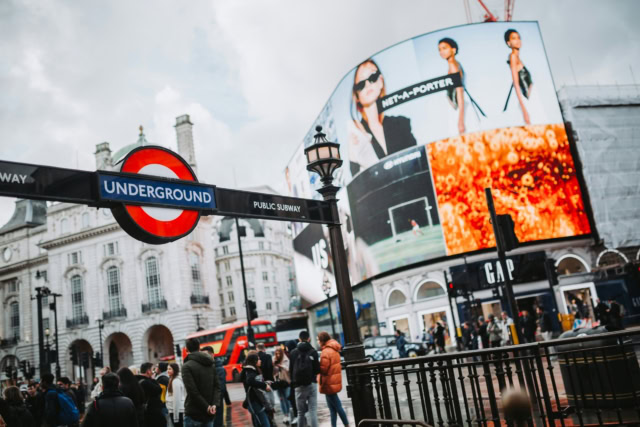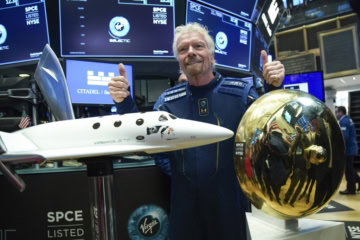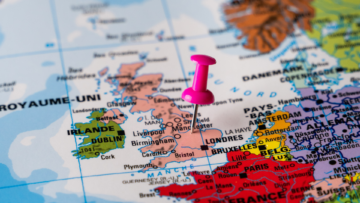Franchising News & Advice
43 articles

Explore our topics
The articles

10 Key terms every UK franchisee should know
When entering the world of franchising, you’re joining a system governed by specific terms, roles, and responsibilities.

How banks see franchising in the UK: Lower risk, higher standards
In an economic landscape still feeling the aftershocks of the pandemic and ongoing trade tensions, franchising continues to offer an attractive path to business ownership.

Richard Branson: The relentless dreamer behind Virgin
From modest beginnings, Richard Branson would go on to found the Virgin Group, a global empire spanning sectors from music to aviation, health, and even space travel.

How much does it cost to open a franchise?

What is the operating manual?

How to choose wisely your franchisor
Choosing the right franchisor is one of the most critical decisions to make. It’s a partnership that can shape the trajectory of your business.

The franchise contract: Key clauses every franchisee must know
A franchise contract is the backbone of any franchising relationship, defining the terms, rights, and obligations of both the franchisor and the franchisee.

Am I the right candidate to open a franchise?
How do you know if franchising is the right fit for you? Success requires more than just enthusiasm; it demands specific skills, mindset, and preparation.

2024 UK franchising: trends and insights
The UK franchising sector remains one of the most dynamic and adaptable parts of the economy. This annual survey serves as a barometer for trends within the industry.

Beyond the ordinary: 5 innovative franchise opportunities in England
Think franchises are all about fast food? Think again! Discover five innovative franchise opportunities shaking up the English market.


Latest news
A selection of articles prepared by our experts


